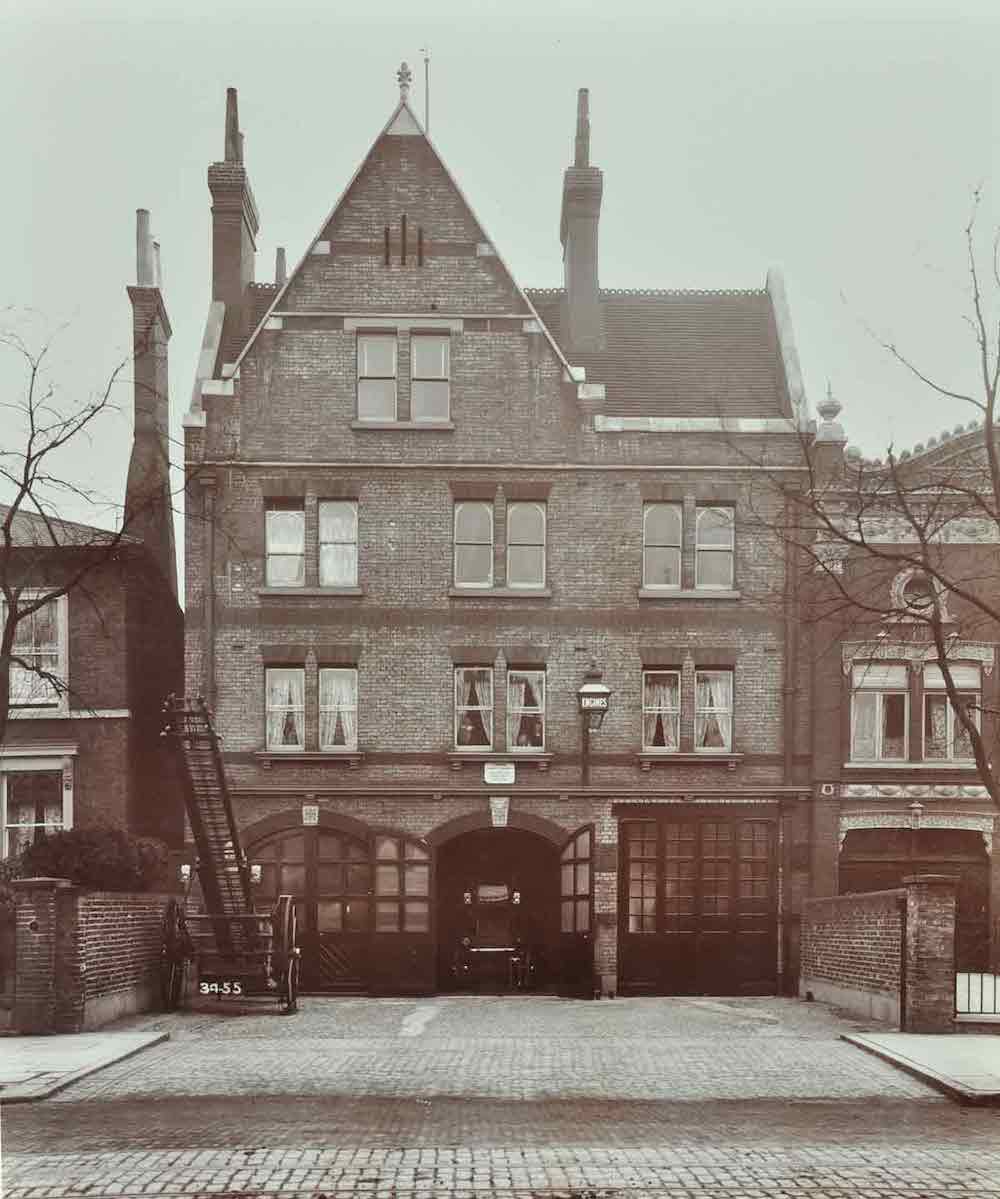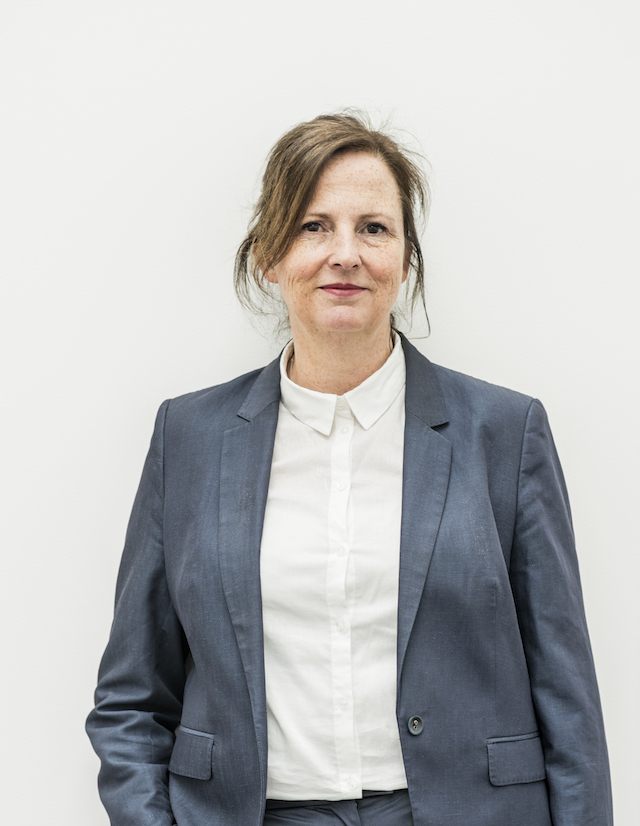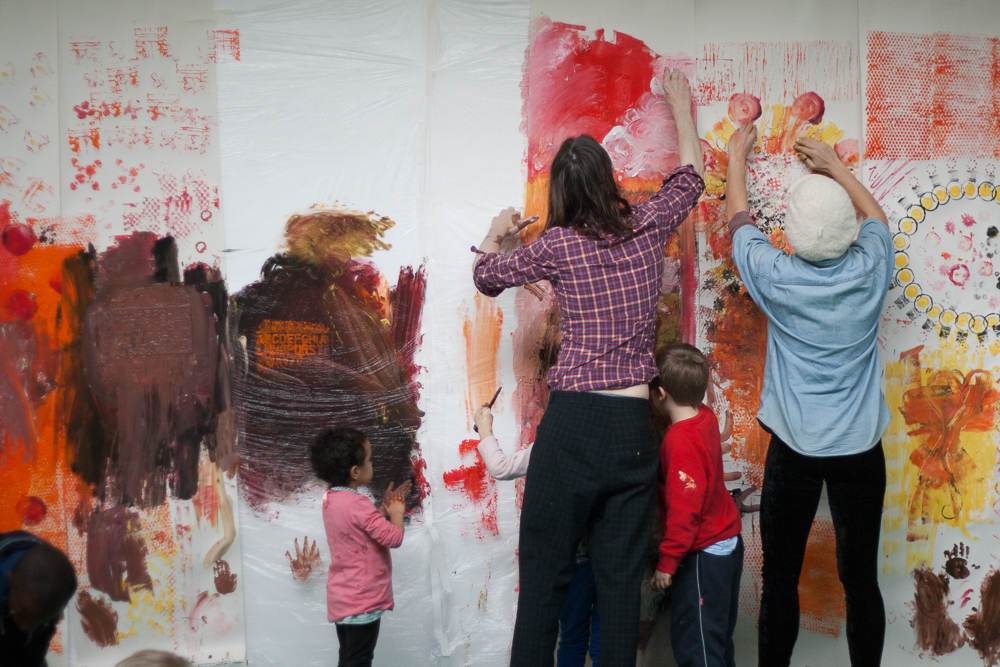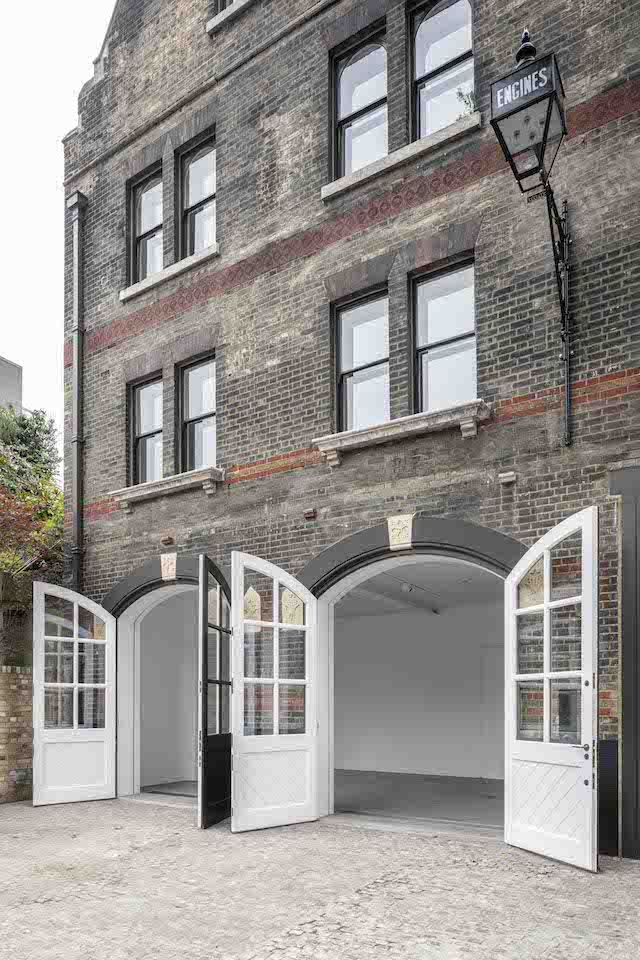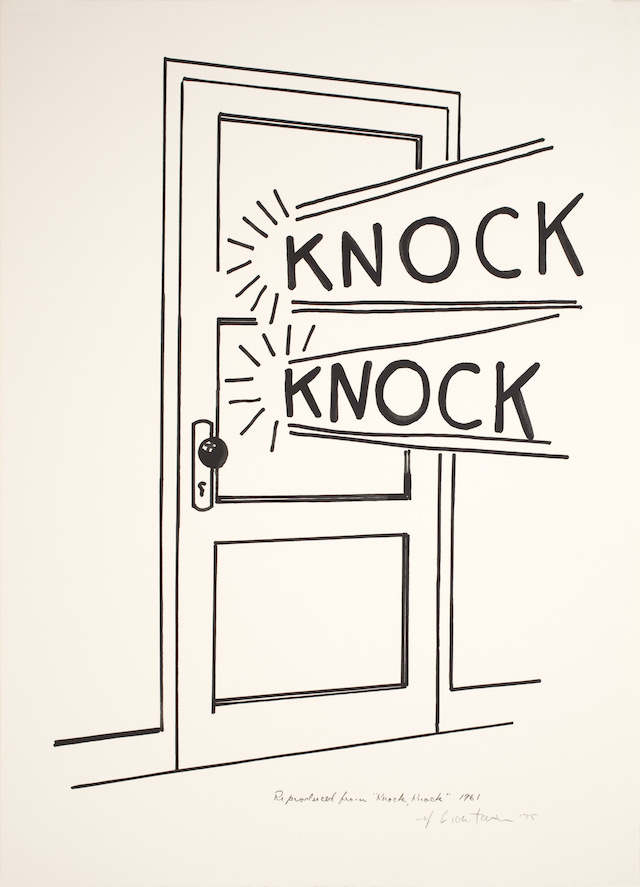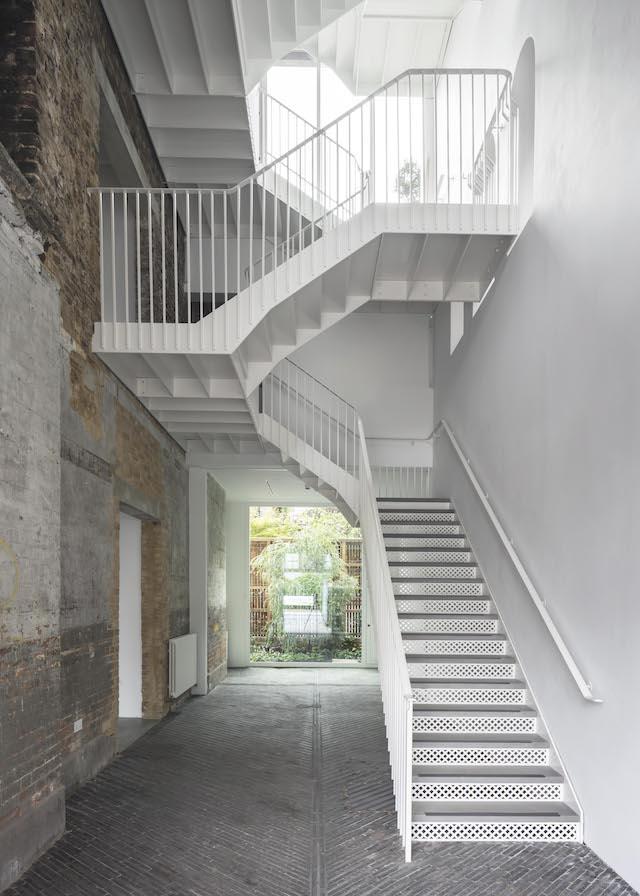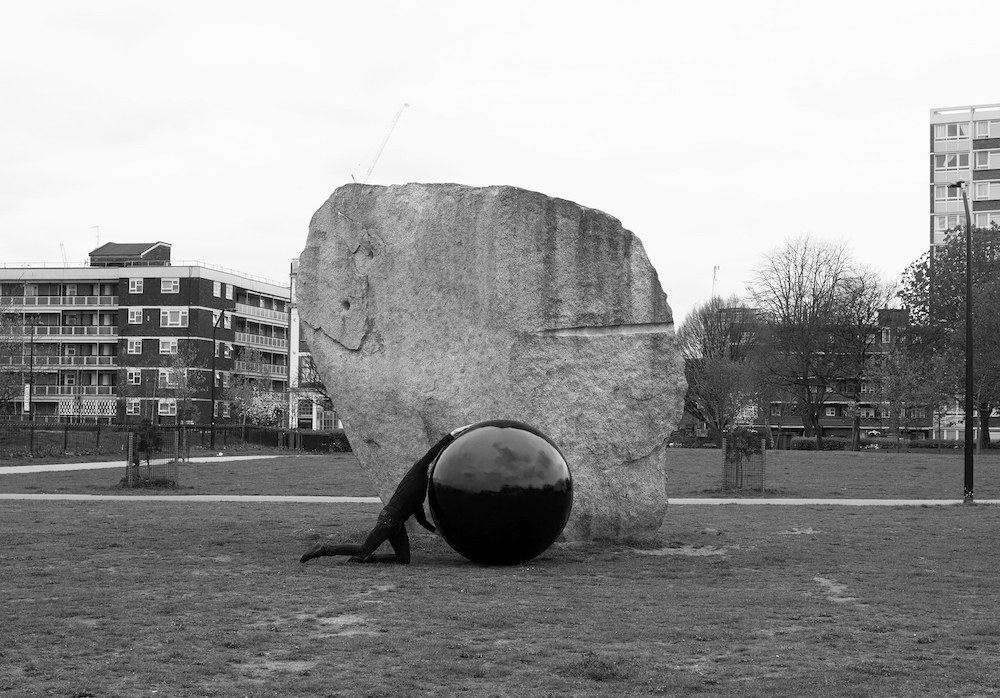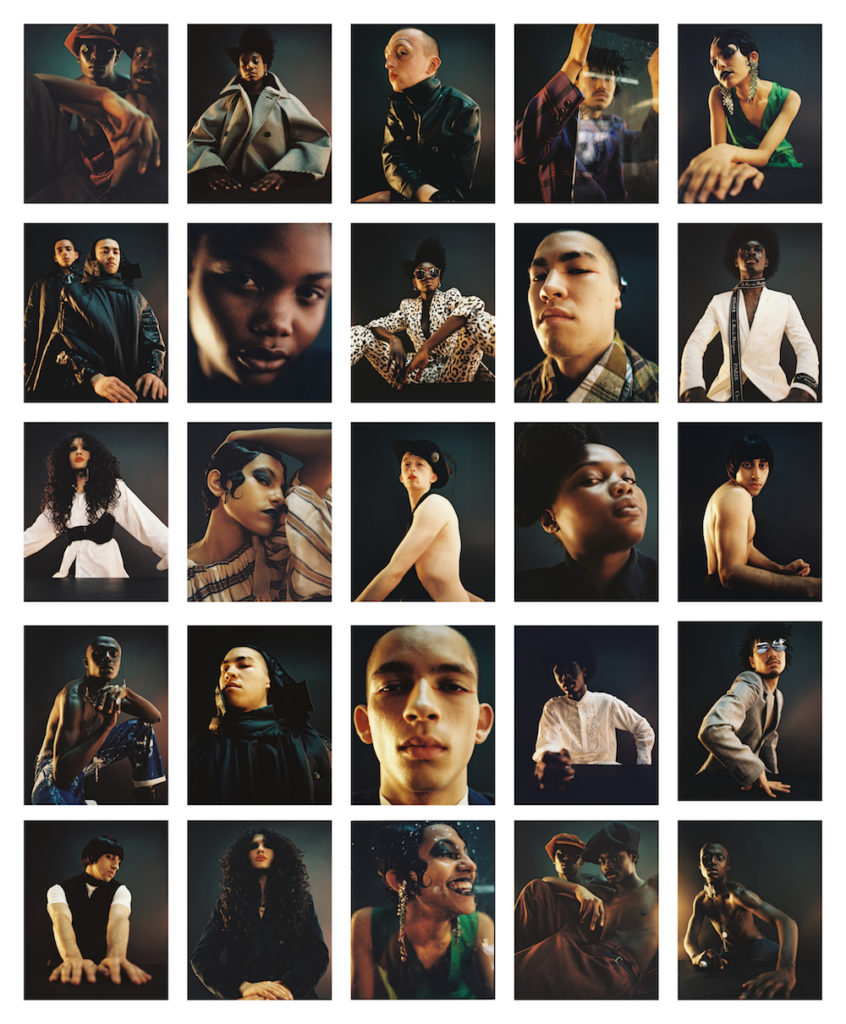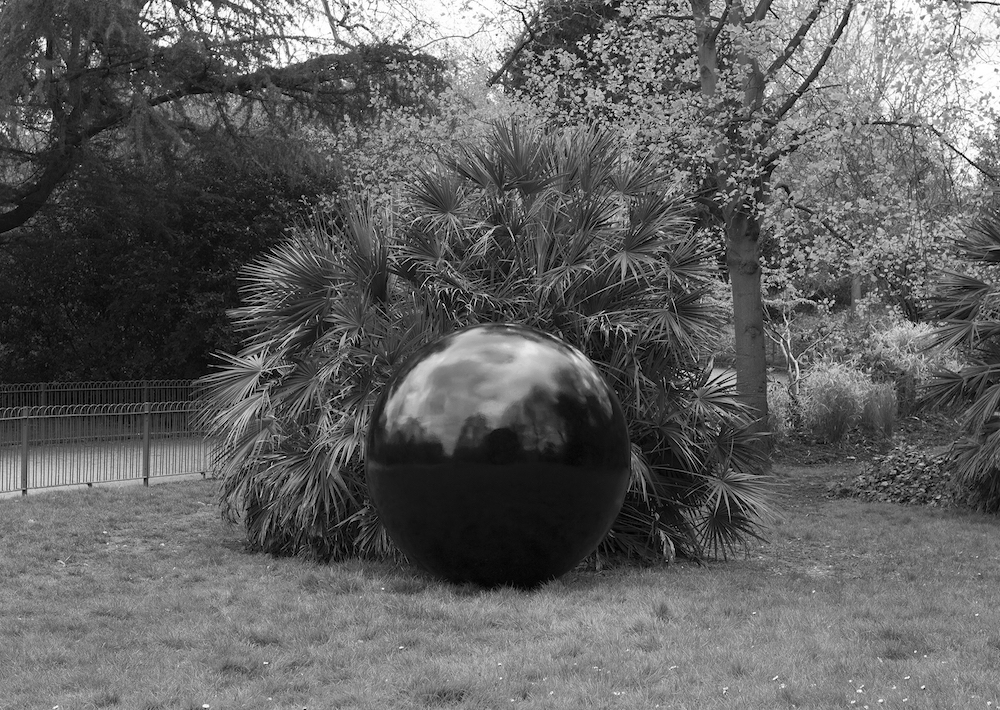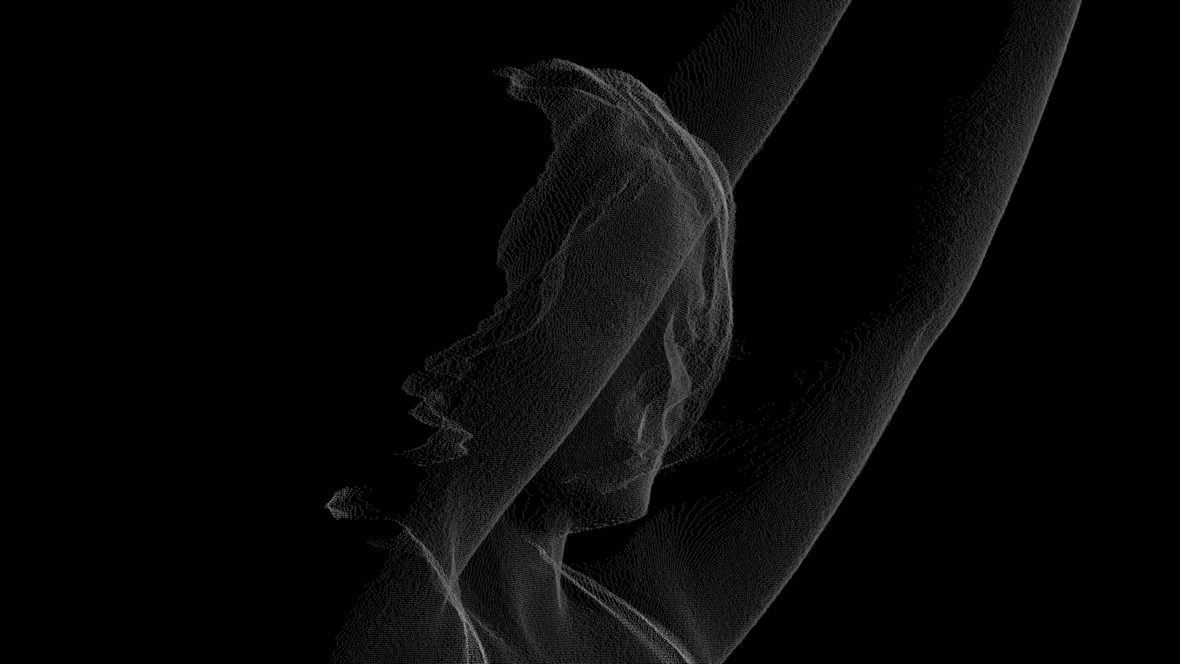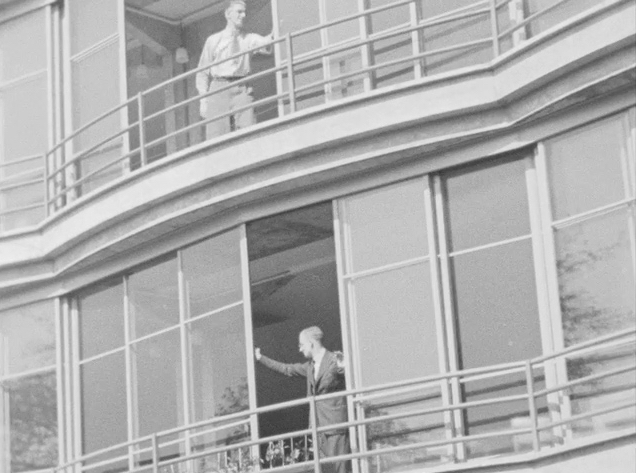The chairman of London’s favourite cinema, Peckhamplex, reflects on community, authenticity and independence
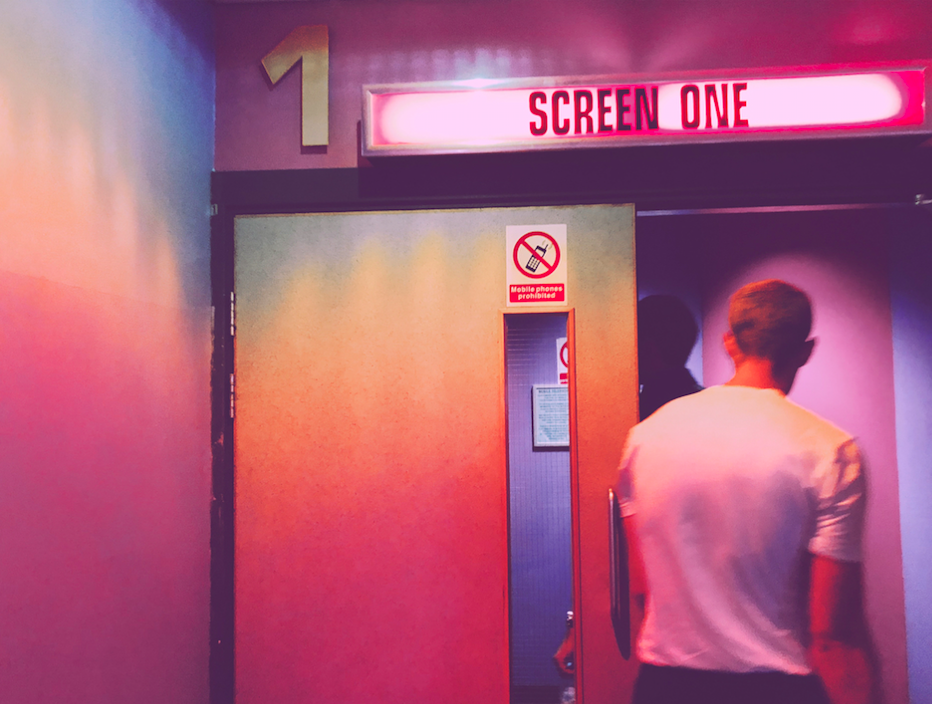
The cinema is a sacred space, for casual and devout worshippers alike. Few, however, inspire the level of devotion as Peckhamplex, London’s most affordable and down-to-earth cinema. Founded in 1994 and two-time winner of Time Out’s Love London awards, its nostalgic bubble-gum interior has authentic sticky floors to match. Where else would you find free charity screenings of Marvel’s Black Panther on the same schedule as a 70mm cut of Kubrick’s 2001: A Space Odyssey?
Port caught up with the chairman of Peckhamplex, John Reiss, to discuss the responsibility and authenticity that comes with running a thriving independent cinema.
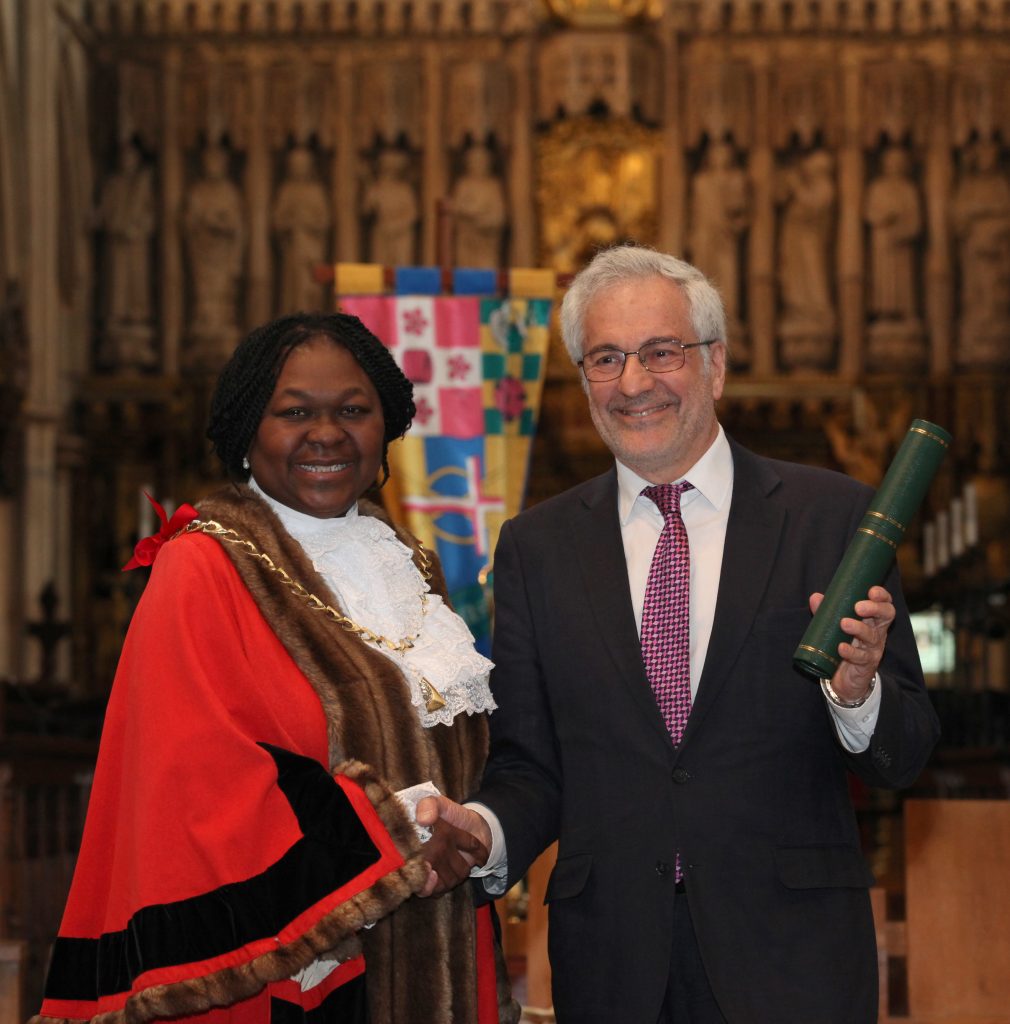
Was does cinema offer the viewer that on-demand tv simply can’t?
There’s a place for both, but for the social experience, cinema is excellent. An audience produces live feedback to what you are watching and we’re social animals, going out is part of the experience. That’s one of the reasons we’ve kept the price low at £4.99. It’s probably the most affordable cinema in London, so that you can visit regularly and families can come without it breaking the bank. As a result, we have a diverse and growing audience, in a good week with blockbuster films we’re welcoming 10,000 through the door. There are people who’ve had their first date here and they’re coming back with their grandchildren! For many, it’s like going home.
How does it feel to have been voted the Most Loved Local Cinema in London in the 2018 Time Out Love London Awards?
We’ve had a couple of awards from Time Out over the years, but what matters above all to us is that they are voted for by the readers. It’s very encouraging.
How can Peckham grow and develop, whilst resisting gentrification that potentially harms long-time locals?
I’ve been involved in Peckham for the past 14 years and I don’t feel it’s changed a huge amount – apart from the cost of housing. The wonderful thing about it is that it’s always been mixed. I think ‘gentrification’ is often a politically motivated word and a balance can be determined by planning policy – there’s room for modern and traditional activities to live side by side in Southwark. It’s a big enough area.
Why is being independent important?
Having an independent shareholder board means we can be very responsive to the local and wider market, which can be difficult when you’re a big chain. We can be flexible about programming, it means we can make the decision to give space to a one-off special screening or for a charity fundraiser with no fuss.
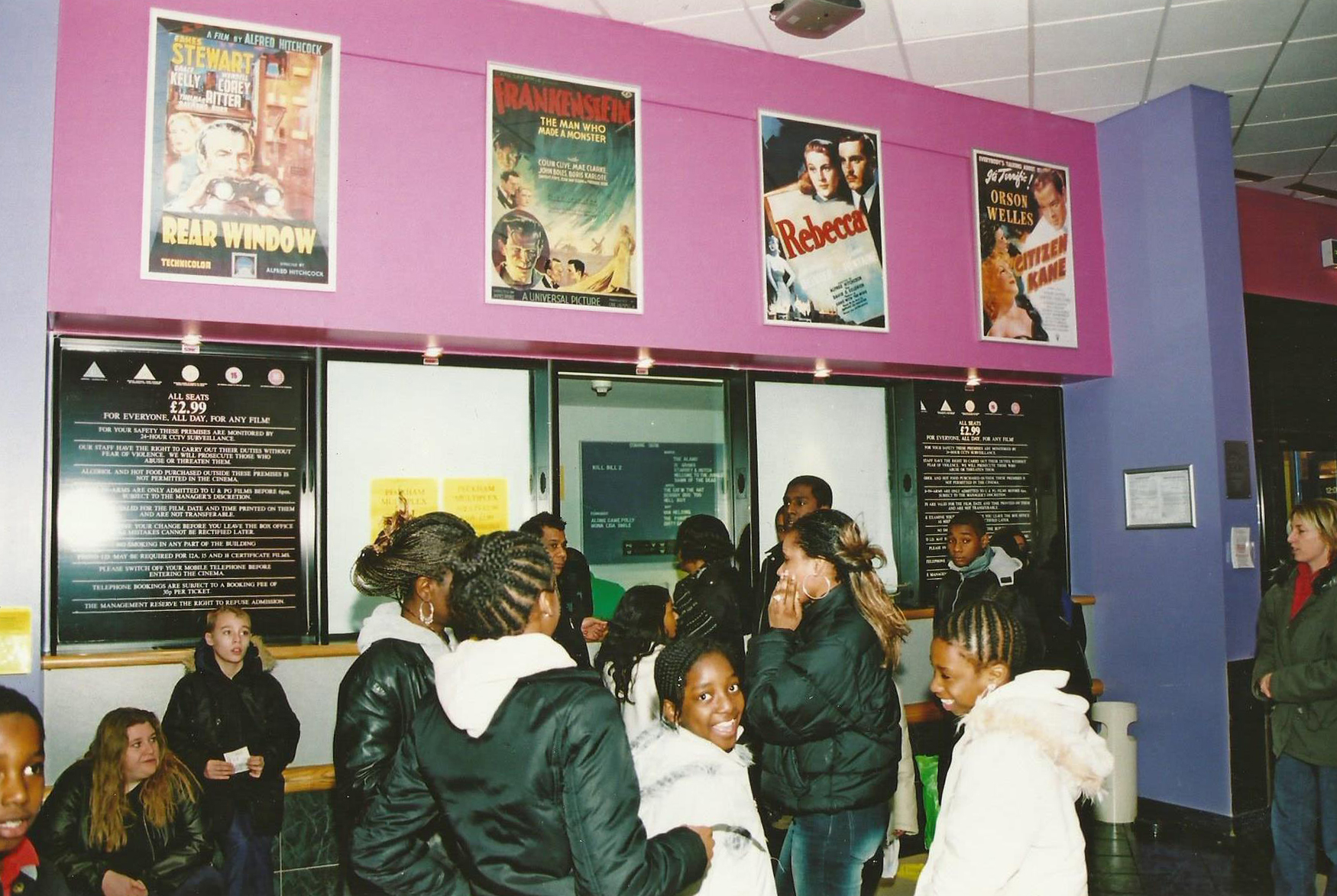
What joint work do you undertake with the council and residents?
We regularly participate with the community, whether that’s helping to launch the local newspaper Peckham Peculiar, supporting the Peckham Coal Line project, the South London Gallery, or the annual Peckham Festival. We won’t do anything that takes a religious or political slant though – we’re firmly neutral. For our contribution to the community and, unusually for a commercial business, we were awarded by London Borough of Southwark their Honorary Liberty of the Neighbourhood of the Old Metropolitan Borough of Camberwell – we were chuffed to bits!
Why is affordable cinema so important?
At the end of the day, we’re a commercial business, we have to make a profit but we want to be fair to people walking through the door, and also to our employees. So unlike certain cinemas, we pay everybody at least the London living wage and give bonuses several times a year. There are people who have worked here since the very beginning and we want to share the success.
What does the future hold for the Peckhamplex?
We have a lease of over 75 years left to run and our understanding with the council is that if they demolish the building, they would relocate us in the local area, knowing that we’re an important social contributor. The board has big plans over the coming years, expanding the foyer, putting more screens in upstairs so we can show films for longer and introduce even more variety. We want to keep our style comfortable and welcoming – we’re not trying to be Curzon or Everyman. We expect to carry on as long as possible. I’m no spring chicken, but I’ll make sure it keeps running. I love the place.
What was the best film you saw in the cinema recently?
Cold War by Pawel Pawlikowski. Very atmospheric.
